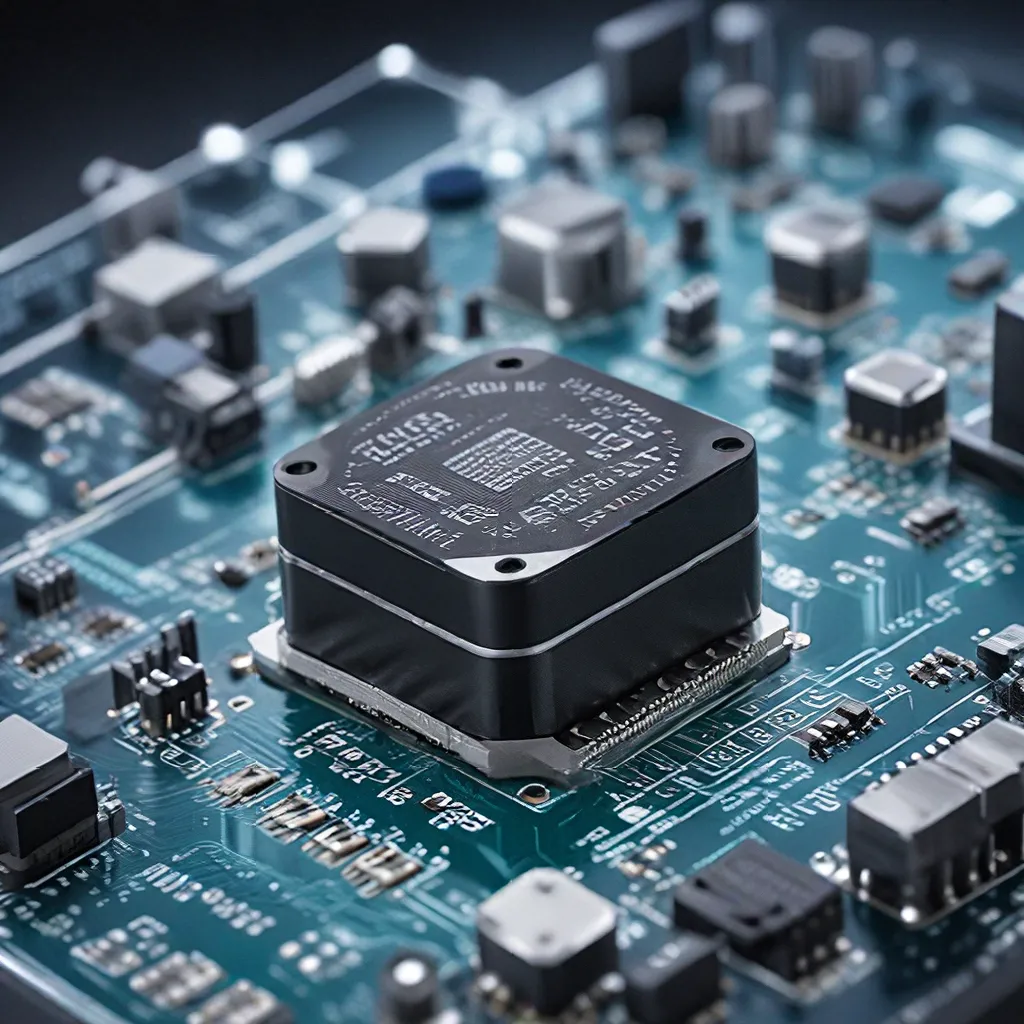
In the rapidly evolving landscape of the Internet of Things (IoT), sensor design has emerged as a critical pillar in delivering reliable, responsive, and secure systems. As the backbone of IoT ecosystems, sensors play a vital role in data acquisition, processing, and communication, enabling a wide range of applications across diverse industries. This article explores the latest advancements in sensor design, delving into the strategies and innovations that are shaping the future of IoT.
Enhancing Sensor Reliability: Robust Designs and Redundancy
Reliability is a paramount concern in sensor networks, as the failure of a single sensor can have cascading effects on the entire system. Manufacturers have responded to this challenge by developing more robust sensor designs that can withstand harsh environments, extreme temperatures, and physical stresses. These innovations include the use of durable materials, advanced sealing techniques, and enhanced shock and vibration resistance.
Moreover, the integration of redundancy into sensor networks has become a crucial strategy for enhancing reliability. By deploying multiple sensors to monitor the same parameter, IoT systems can mitigate the impact of individual sensor failures, ensuring continuous data collection and uninterrupted service. This redundancy also enables fault-tolerance, allowing the system to seamlessly transition to alternative sensors in the event of a malfunction.
Improving Sensor Responsiveness: Faster Data Acquisition and Edge Processing
In the fast-paced world of IoT, responsiveness is a vital attribute, particularly in applications that require real-time decision-making or rapid response to changing conditions. Sensor designers have addressed this need by developing high-speed data acquisition capabilities, leveraging advancements in microprocessor technology and embedded systems.
The integration of edge computing into sensor nodes has further enhanced responsiveness by enabling local data processing and decision-making. By equipping sensors with the ability to analyze and interpret data directly at the source, IoT systems can minimize latency, reduce bandwidth requirements, and respond to events more efficiently. This edge processing approach empowers sensors to make autonomous decisions and trigger appropriate actions, without the need for constant communication with a central server or cloud infrastructure.
Enhancing Security and Privacy in Sensor Networks
As IoT systems become increasingly ubiquitous, security and privacy concerns have come to the forefront. Sensor networks, with their distributed nature and direct interaction with the physical world, face unique security challenges that require robust solutions.
Manufacturers have addressed these concerns by incorporating advanced encryption and authentication mechanisms into sensor designs. The use of secure communication protocols, such as HTTPS and TLS, ensures that data transmitted between sensors and other IoT components is encrypted and authenticated, protecting it from eavesdropping and tampering.
Additionally, the integration of secure element chips and hardware-based security features in sensor nodes has strengthened the overall security posture of IoT systems. These advancements help safeguard sensitive data, prevent unauthorized access, and mitigate the risk of cyber attacks.
Optimizing Energy Efficiency in Sensor Networks
Energy management is a critical aspect of sensor network design, as many IoT applications rely on battery-powered or energy-harvesting sensor nodes. Designers have responded to this challenge by developing innovative power management strategies and energy-efficient sensor technologies.
The adoption of low-power microcontrollers, energy-efficient wireless communication protocols, and sleep/wake-up modes has significantly reduced the power consumption of sensor nodes. This, in turn, has extended the battery life of IoT devices and enabled the use of energy-harvesting technologies, such as solar panels or thermoelectric generators, to power sensor networks in remote or off-grid locations.
Furthermore, the integration of adaptive sampling and data compression techniques has optimized the energy usage of sensor nodes by reducing the amount of data that needs to be transmitted. This strategic approach to energy management ensures the longevity and sustainability of IoT deployments, making them more practical and cost-effective.
Unlocking the Potential of Sensor Networks: Use Cases and Applications
The advancements in sensor design have unlocked a wide range of practical applications for IoT, transforming various industries and sectors. One prominent example is the public transportation domain, where sensor-equipped buses and smart infrastructure have improved urban mobility and enhanced passenger experience. Sensors monitor vehicle performance, passenger count, and environmental conditions, enabling real-time updates, predictive maintenance, and optimized route planning.
In the healthcare sector, wearable sensors and implantable devices have revolutionized patient monitoring and remote care. These sensors can track vital signs, detect and respond to medical emergencies, and provide personalized treatment recommendations. The reliability and responsiveness of these sensor-based systems have significantly improved patient outcomes and reduced healthcare costs.
Furthermore, sensor networks have been instrumental in environmental monitoring and resource management. Sensors deployed in forests, watersheds, and agricultural fields can track and analyze ecological data, support wildlife conservation, and optimize resource utilization for sustainable development.
These are just a few examples of the transformative potential of sensor networks in IoT. As the technology continues to evolve, we can expect to see even more innovative applications emerge, revolutionizing various industries and improving the quality of life for people around the world.
Conclusion: The Future of Sensor Design in IoT
The advancements in sensor design have been instrumental in enhancing the reliability, responsiveness, security, and energy efficiency of IoT systems. By leveraging robust designs, redundancy, edge processing, secure communications, and adaptive power management, sensor manufacturers have addressed the key challenges faced by IoT deployments.
As the IoT landscape continues to evolve, we can expect to see even more innovative sensor technologies emerge, unlocking new possibilities for practical applications across diverse industries. The sensor networks of the future will play a crucial role in shaping the connected world, driving efficiency, sustainability, and improved quality of life for individuals and communities alike.
To stay informed about the latest developments in sensor networks and IoT, be sure to explore the resources available on sensor-networks.org, a leading hub for industry insights, research, and collaboration.